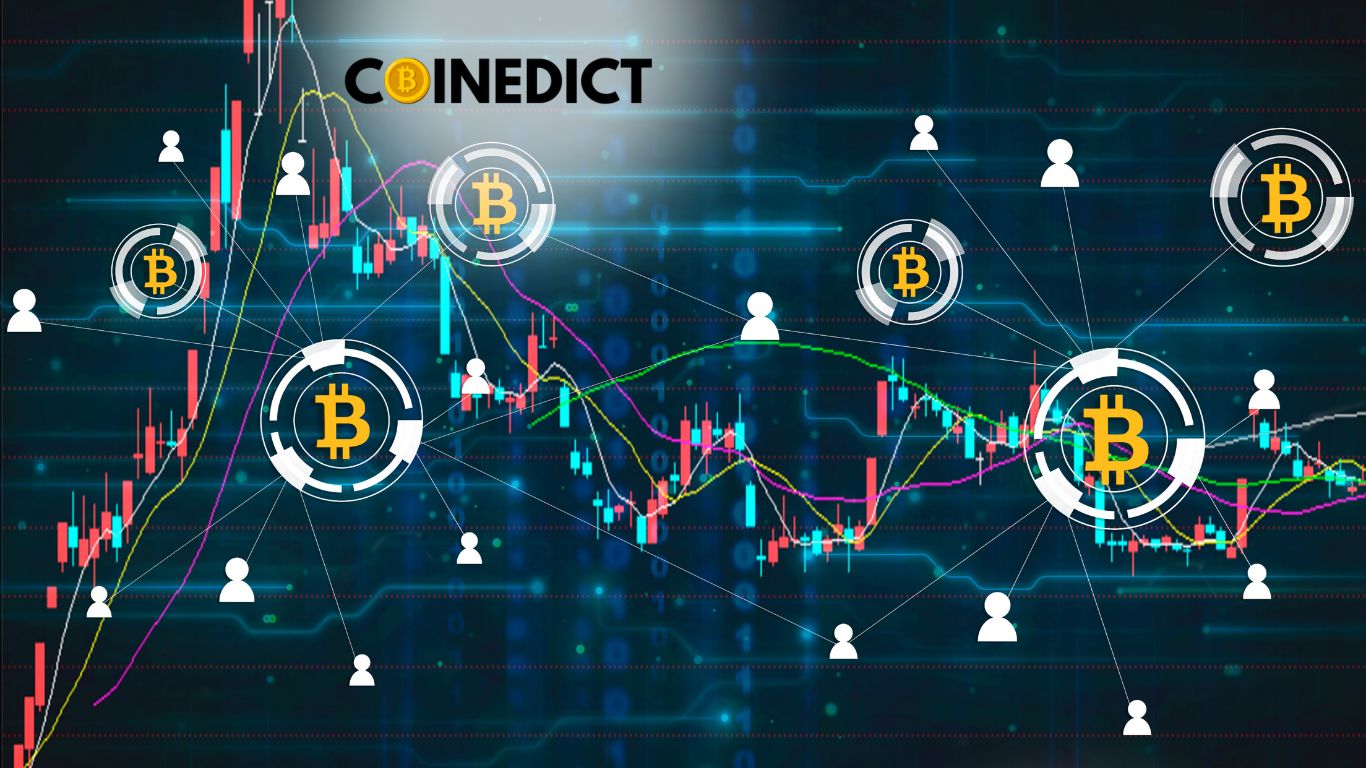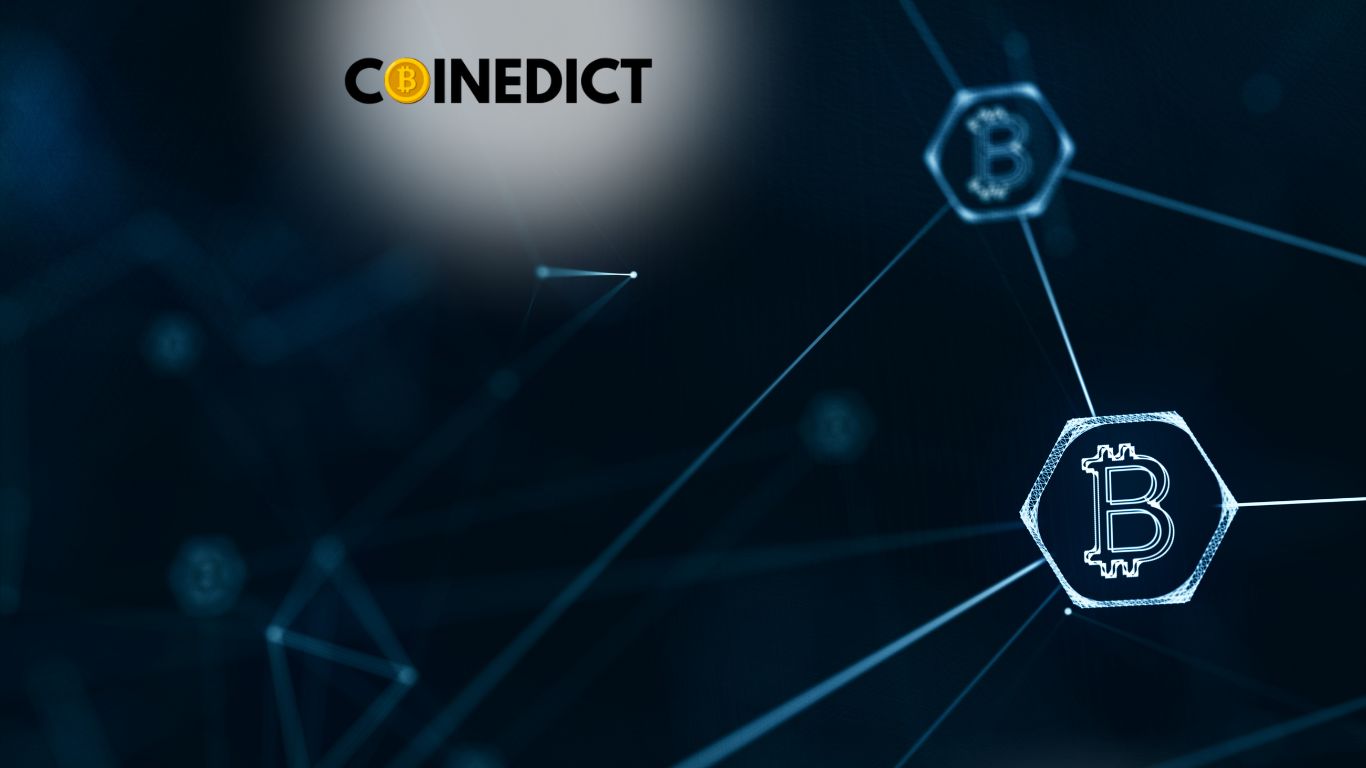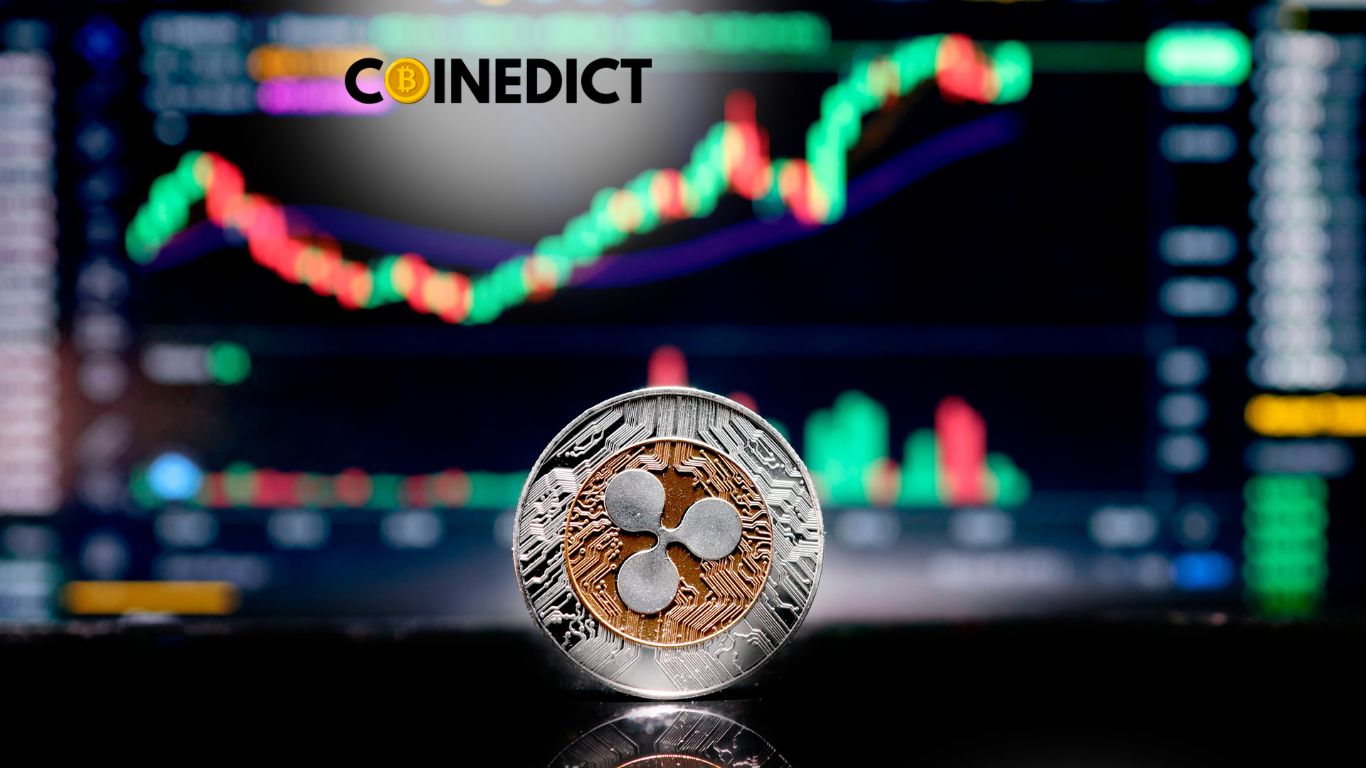Siemens, a global industrial leader, is making a bold leap into blockchain technology by integrating the Minima blockchain into its connected machines. This move isn’t just about innovation—it’s about transforming the way industries operate by ensuring security, efficiency, and automation through decentralized networks.
Securing Connected Machines with Blockchain
As industries become more digitized, cybersecurity is a growing concern, especially for smart devices and automated systems. Siemens is leveraging Minima’s blockchain technology to enhance data integrity across its network of machines. Instead of relying on centralized servers, which are vulnerable to cyberattacks, this decentralized approach ensures every data entry—whether from a sensor, an update, or a machine interaction—is verified and securely recorded on the blockchain.
With smart contracts, routine processes such as equipment recalls, supply chain management, and maintenance tracking can be automated. This reduces errors, minimizes disputes, and improves overall efficiency in industrial operations.
Strengthening Energy and Infrastructure Security
One of the most promising applications of Siemens’ blockchain adoption is in energy management. With the rise of renewable energy sources like solar and wind, secure and transparent energy transactions are crucial. Minima’s blockchain allows producers and consumers to engage in peer-to-peer energy trading, ensuring smooth, tamper-proof transactions.
Additionally, maintenance data for critical infrastructure—such as power grids—can be stored on the blockchain, allowing for predictive maintenance. This means potential failures can be identified and addressed before they lead to widespread outages, making energy distribution more reliable and resilient.
Revolutionizing Healthcare with Blockchain
The impact of Siemens’ blockchain integration extends beyond industrial automation—it also enhances security in the healthcare sector. Medical devices, such as pacemakers and monitoring systems, generate crucial health data. By recording this data on the blockchain, Siemens ensures that every reading, component, and update is verifiable and secure.
This innovation also gives patients greater control over their medical data while allowing health authorities to conduct real-time audits, improving transparency and trust in the system.
A Step Towards Europe’s Tech Sovereignty
Siemens’ blockchain initiative aligns with the European Union’s goal of reducing reliance on foreign technology providers. With the EU Chips Act pushing for greater technological independence, Siemens and Minima’s collaboration is paving the way for a European-standard security framework for blockchain-based industries.
The future Siemens envisions is one where every industrial machine, from factory robots to power grid sensors, operates as a blockchain node, ensuring a decentralized, secure, and efficient industrial ecosystem.
What’s Next?
Siemens is already planning pilot projects in hospitals and power plants, with an exclusive interview with Minima’s leadership set for September to reveal more details about this groundbreaking initiative.
Meanwhile, blockchain technology is becoming more integrated into daily life. In Toulouse, for instance, residents can now pay for public transport using cryptocurrency, demonstrating the growing adoption of decentralized solutions in both industry and everyday transactions.
This is just the beginning of Siemens’ blockchain journey, and it’s clear that the company is committed to leading the next wave of industrial transformation.











